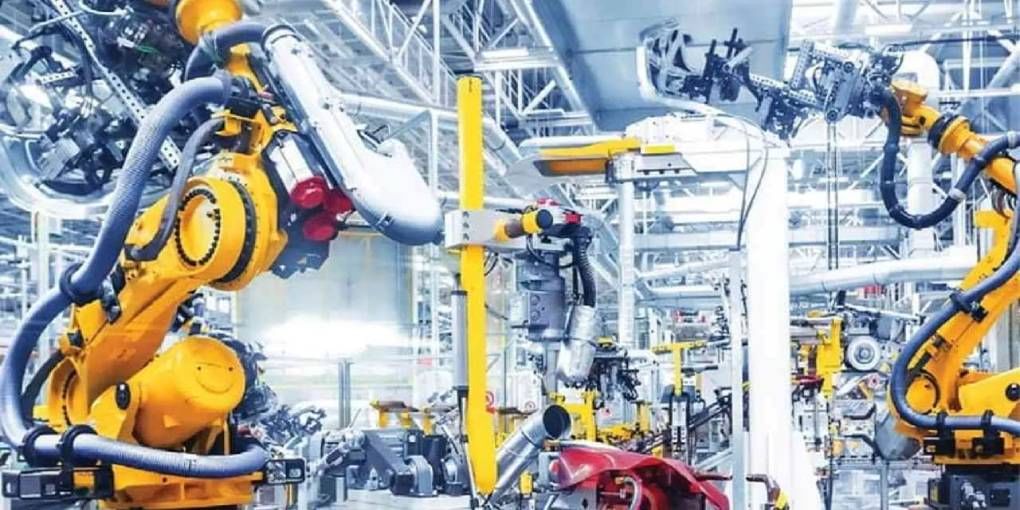How Geopolitics is Impacting Investment?
For project evaluation, companies look at two things. Cash flows and their discount factors.

Recently there has been hope that CAPEX in the country will increrase. Project announcement by the companies are at 11 year high. In recent times government has come up with various supply side measures, there has been structural shift in the economic environment. On the top of it, interest rates are increasing and geopolitical events have infused uncertainties. We know that all this impacts the investment decisions by the firms. However, you might be wondering how all this is actually played out in the investment. That’s what we will look at.
For project evaluation, companies look at two things. Cash flows and their discount factors.
Cash flows
- Cash flows in near term might be impacted due to higher cash outflow for inputs.
-
However, government policies like PLI, spending on infrastructure and other measures will improve ecosystem which will increase cash inflows
-
Use of modern technologies like ML, artificial intelligence will lead to more apt product as per market dynamic and consumer need. This will lead to higher cash inflows.
-
Similarly such technology investment would lead to side benefits because they will make production process more efficient and that would reduce cash outflow
-
Transition towards sustainable energy will reduce cash outflow on fuels and that would also improve brand value of company. It would increase demand for company’s products from environment conscious consumers. Leading to higher cash inflows.
-
Higher spending on advertisement would reduce demand price elasticity and companies can raise prices without much fall in demand. So again more cash inflows in future.
-
Rise in capacity utilisation also indicates that there is good demand and future cash flows would be higher. Capacity utilization above 75% is general barometer for new CAPEX
Discount Factor
-
In that both interest rates as well as risk premium is included.
-
Currently both are up.
-
Risk premium signifies the risk in internal and external environment of a firm.
-
It assesses the volatility in future cash flows of firm
-
There are geopolitical uncertainties and supply chain bottlenecks.
-
So future cash flows appear more uncertain and their present expected value would be lower.
-
So some projects would be infeasible.
-
Hence companies may hold their horses until geopolitical uncertainties reduce.
So it seems that cash flow situation is improving, but capacity utilisation is yet to reach 75%. Also there are lot of uncertainties and significant expansion by private sector would happen gradually when input cost pressures and geopolitical uncertainties would reduce. Till then government has to do the heavy lifting.
Now all these are strategic decisions taken for long term. Now the question is how dynamics of economic and political environment is impacting production in short term. For this we can look at IIP numbers which are telling interesting story.
For the past few months, IIP is showing grim picture and the trend continued even in March. It grew by just 1.9% (YOY) in March. With mining growing by 4.0% and electricity by 6.1%. Keep in mind power sector is facing demand supply mismatch. Where demand is very high due to hot weather but due to coal shortages, gencos are unable to produce sufficiently.
On use based, only primary goods and infrastructure goods production had saving grace as they grew by 5.7% and 7.3% respectively. Both of these are inputs at the initial stages of supply chain. Growth in infrastructure can also be attributed to government . As we move up the supply chain capital goods and intermediate goods production dimmed and came at (0.7%) and (0.6%). Moving further on value chain, whip effect of double digit WPI and supply chain bottle necks were clearly visible. Both consumer durable as well as non durable witnessed negative growth. Consumer durable had negative growth of 3.2% while non durable recorded 5% negative growth.
So it can be concluded that in short term production has been impacted due to supply chain bottlenecks. It is increasing the delivery time of input materials and also increasing their cost. However once the things improve mid to long term investment outlook looks encouraging.